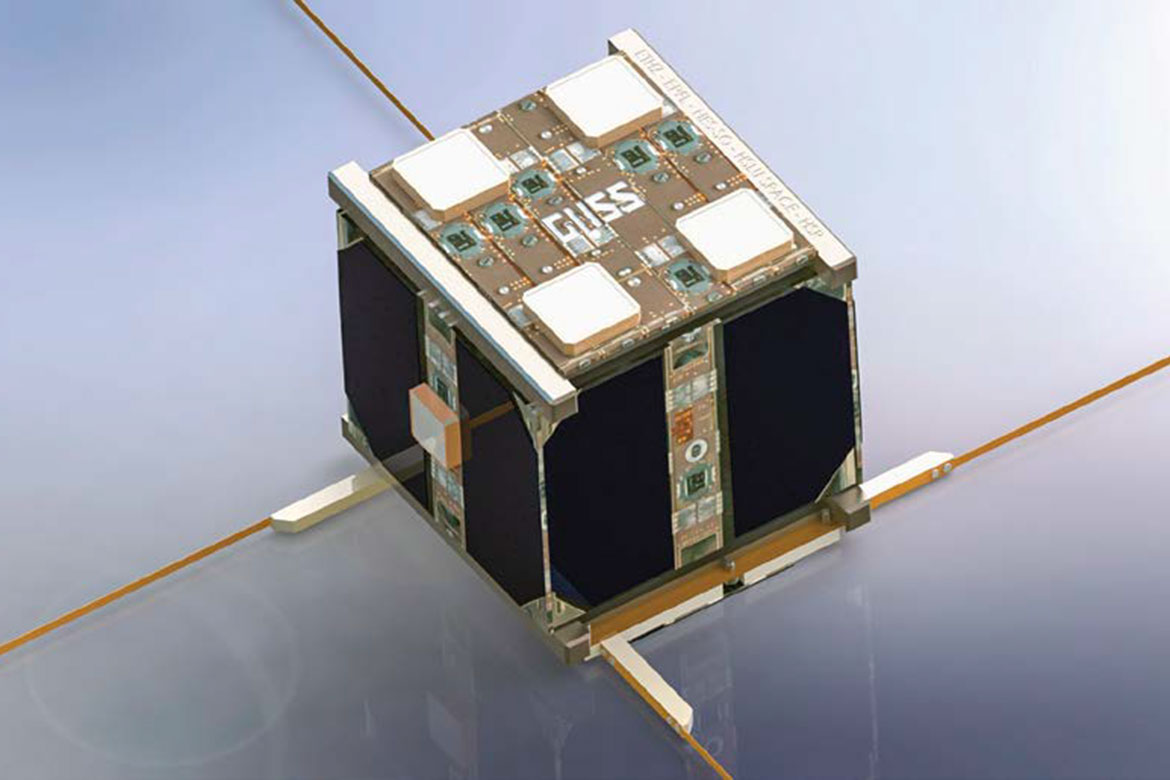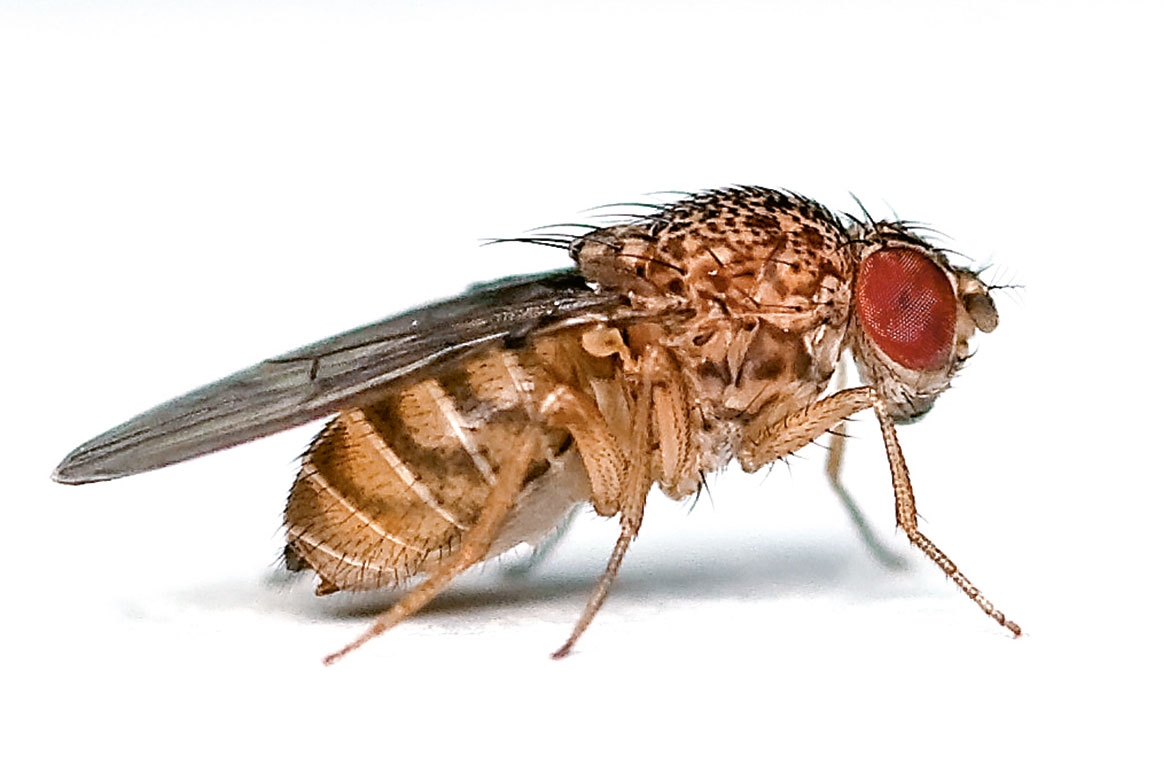Insect flight inspires drones
The bumblebee controls its trajectory without making complex calculations. Its secret lies in a compound eye. This discovery is now inspiring a new generation of compact autonomous drones.

By allowing bumblebees to fly along this corridor, the research team can study their sense of orientation. | Picture: Julien Lecoeur
A Swiss-Swedish study has deciphered the mechanisms of bumblebee flight. It has shown that the bee’s eye, made up of thousands of facets, processes visual information in a surprising and energy-efficient way. When animals move, the visual elements of the outside world that are close to them move through their fields of vision more quickly than the distant ones. This information is used to estimate distances from obstacles and to adapt trajectories.
Insects, on the other hand, have composite eyes and perform these tasks differently. “We thought the bumblebee was calculating the average of the information transmitted by its eyes,” explains Emily Baird, a biologist at Lund University. “But our work suggests that it only takes into account the element with the fastest perceived movement”. And since each facet is managed by its own group of neurons, the nervous system can concentrate on a tiny part of the visual field and avoid long calculations.
Scientists have since developed computer simulations of insect flight based specifically on the assumption that insects focus on the element of the environment that moves most quickly. They then compared their simulations with laboratory observations of bumblebees flying along an artificial route lined with contrasting visual cues and cameras.
The work turns out to be of interest for building autonomous drones, according to Dario Floreano, a robotics researcher at EPFL and a co-author of the study. “Prototypes that rely on artificial intelligence must be big enough to carry around their own computing system. In contrast, an imitation of the visual processing of the bumblebee would mean small, autonomous, agile and efficient drones”. The team is testing such a prototype whose flight would have the same characteristics as the insect that inspired it.




